In a move that has caught the industry off-guard and infuriated potential car buyers, the GST Council has decided to recommend that the Central Government raise the cess on all passenger vehicles that fall beyond the four-metre threshold to 25 per cent, a 10 per cent increase.
While the Indian automotive industry was largely receptive to the introduction of the GST, and even passed the benefits of tax reductions to their customers with revised pricing strategies, the announcement of the Council’s latest decision has caused a huge amount of upheaval.
Case in point – Roland Folger, MD & CEO, Mercedes-Benz India, who had this to say on the issue; “We are highly disappointed with the decision. We believe this will be a strong deterrent to the growth of luxury cars in this country. As a leading luxury car maker, this will also affect our future plans of expansion under ‘Make in India’ initiative, which aims at making and selling world-class products in India, with the latest technology for end consumers.
“We feel deprived as the leading manufacturer of luxury cars in India, who has been championing ‘Make in India’. This decision will also reverse the positive momentum that the industry wanted to achieve with the introduction of GST. With this hike in cess, we expect the volumes of the luxury industry to decelerate, thus offsetting any growth in the potential revenue generation, that could have come with the estimated volume growth.”
His words regarding a rethink of price points, and even their India-based manufacturing plans have been echoed by manufacturers across the industry, and will give the powers that be a cause for concern. The Central Government are yet to implement this recommendation, and calls to reconsider have been made from across the industry.
Abhishek Jain, Tax Partner, at Ernst & Young has shed light on this controversial decision, he says, “The Government realized that the 28 per cent GST and 15 per cent cess on luxury cars was lower than the effective indirect tax rate pre-GST; which the Government is trying to correct by proposing to increase the cess from 15 per cent to 25 per cent. However; it would be a hit to the auto-industry which had already started passing on the benefits of reduced tax to the customers.”
It isn’t just top-of-the-line luxury cars that will face the brunt of this decision however, because even models such as the Maruti Suzuki Ciaz, Volkswagen Vento, Hyundai Verna, Honda City, Toyota Corolla and even SUVs like the Mahindra Scorpio, Renault Duster, Toyota Innova, Hyundai Creta and more, cars that typically see volume sales will be struck by this increase. With a widespread feeling among the industry that the tax on these bigger cars was on the high side to begin with, the original 15 per cent cess proposed by the GST was seen as a much needed equalisation of the tax slab, however this decision has tipped the scales once again.
As Folger further explained, “One of the original benefits expected out of GST was rationalisation of tax rates. Luxury cars and SUVs are one of the segments that long required tax rationalisation, as this segment remains highly taxed.
“Further, in the pre-GST regime, the taxes to the final customer were varying widely from state to state depending on the VAT applicable in respective states. Also, one month is too short a period to consider an upward revision in rates. The market performance should have been watched for at least six months, before it was relooked. The current proposal of increase in Cess clubbed with the increased road-tax rates, will take the effective consumer price much above the pre-GST scenario level.”


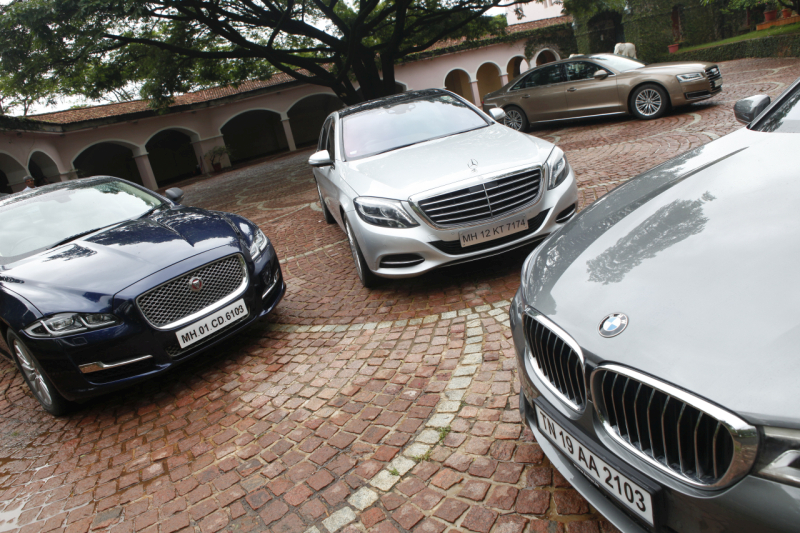









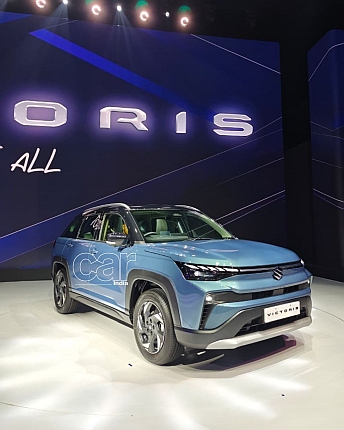
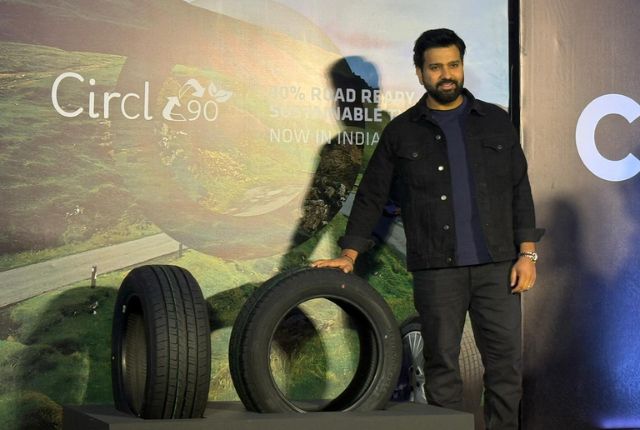
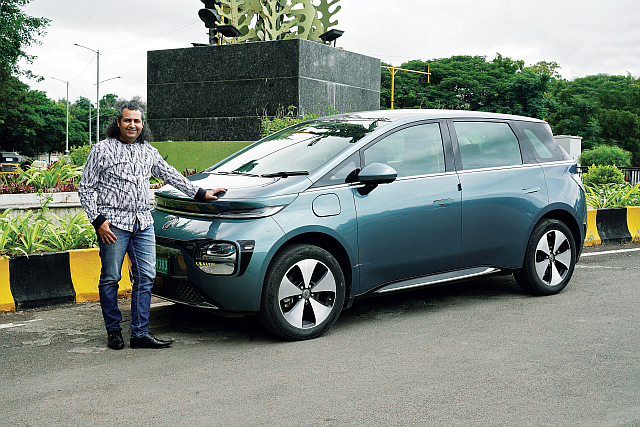
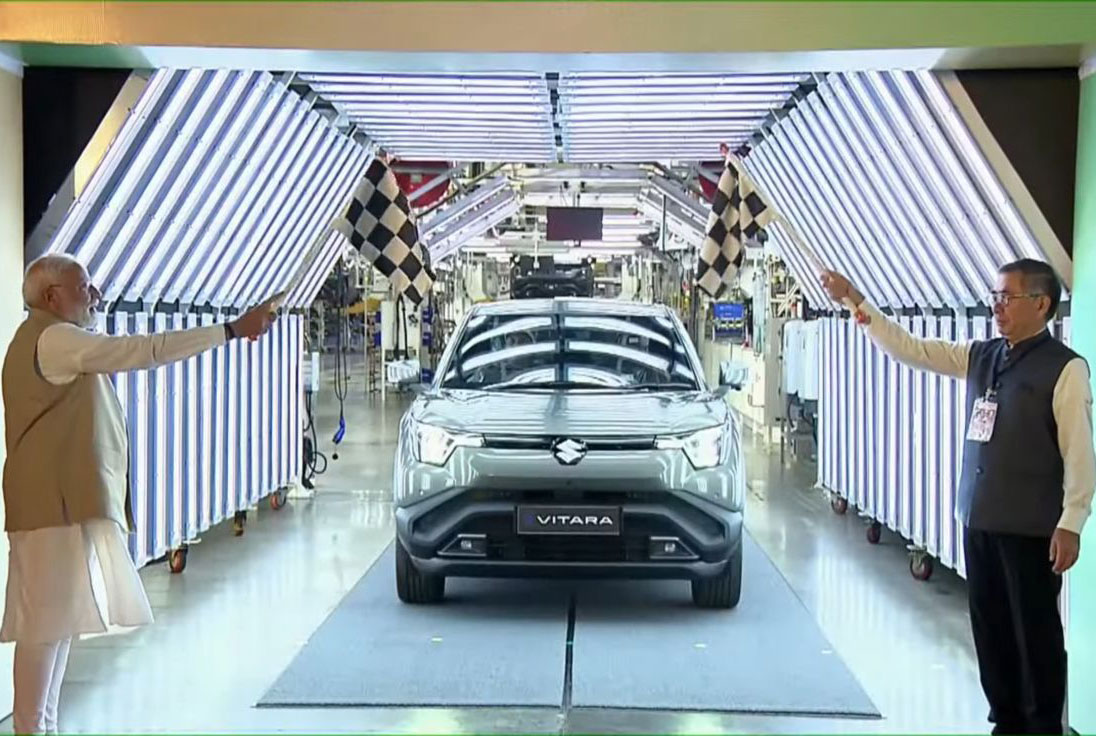
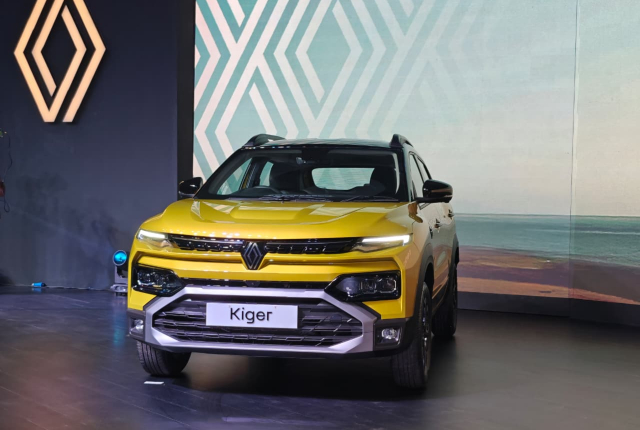





Audi India offers special deals to beat proposed cess hike | Car India : The World's Best Car Magazine
[…] Since luxury cars are set to become more expensive, Audi India offers limited-period low EMI schemes and discounts on its top selling models This ‘Unbeatable’ offers is on their popular cars like the Audi A3, Audi Q3 and Audi A4; and includes EMIs starting at as low as Rs 24,999, complimentary insurance for the first year, three years service plan coupled with an additional two years of extended warranty. Apart from this customers also attractive rate of interest of 7.99 per cent and exchange bonus of Rs 1 lakh. (Also read: GST rate hiked for luxury cars) […]